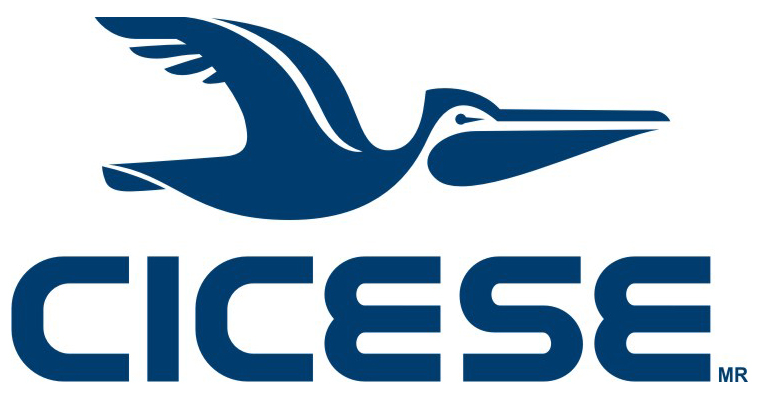Keynotes
Scalable Retrieval and Analysis of Simulation and Observation Data Sets
K. Selçuk Candan – Professor of Computer Science and Engineering at the Arizona State University.
Abstract: Data- and model-driven computer simulations for understanding spatio-temporal dynamics of emerging phenomena are increasingly critical in various application domains, from predicting geo-temporal evolution of epidemics to helping reduce energy footprints of buildings leading to more sustainable building systems and architectural designs. These simulations track 10s or 100s of inter-dependent parameters, spanning multiple information layers and spatio-temporal frames, affected by complex dynamic processes operating at different resolutions. Consequently, the key characteristics of data sets and models relevant to these data-intensive simulations often include the following: (a) voluminous, (b) multi-variate, (c) multi-resolution, (d) spatio-temporal, and I inter-dependent. While very powerful and highly modular and flexible simulation software exists, because of the volume and complexity of the simulation data, the varying spatial and temporal scales at which the key transmission processes operate and relevant observations are made, today experts lack the means to adequately and systematically interpret observations, understand the underlying processes, and re-use of existing simulation results in new settings. In this talk, I will introduce computational challenges that arise from the need to process, index, search, and analyze, in a scalable manner, large volumes of temporal data resulting from data-intensive simulations and present some solutions.
Bio: K. SELÇUK CANDAN is a Professor of Computer Science and Engineering at the Arizona State University. He has published over 160 journal and peer-reviewed conference articles, one book on multimedia retrieval, and 16 book chapters. He has 9 patents. Prof. Candan served as an associate editor of one of the most respected database journals, the Very Large Databases (VLDB) journal. He is also in the editorial board of the IEEE Transactions on Multimedia and the Journal of Multimedia. He has served in the organization and program committees of various conferences. In 2006, he served as an organization committee member for SIGMOD’06, the flagship database conference of the ACM. In 2008, he served as a PC Chair for another leading, flagship conference of the ACM, this time focusing on multimedia research (MM’08). More recently, he served as a program committee group leader for ACM SIGMOD’10. He also serves in the review board of the Proceedings of the VLDB Endowment (PVLDB). In 2011, he served as a general co-chair for the ACM MM’11 conference. In 2012 he served as a general co-chair for ACM SIGMOD’12. He has successfully served as the PI or co-PI of numerous grants, including from the National Science Foundation, Air Force Office of Research, Army Research Office, Mellon Foundation, HP Labs, and JCI. He also served as a Visiting Research Scientist at NEC Laboratories America for over 10 years. He is a member of the Executive Committee of ACM SIGMOD and an ACM Distinguished Scientist. You can find more information about his research and an up-to-date resume at http://aria.asu.edu/candan.
Visual Analytics for Interactive Subspace Similarity Search
Daniel Keim – Head of the Information Visualization and Data Analysis Research Group, University of Konstanz, Germany.
Abstract: In most similarity search applications, the data under consideration resides in high-dimensional data spaces, which often consist of combined features measuring different properties. In order to determine useful similarity measures, appropriate feature combinations (subspaces) of the data have to be taken into consideration, since they may show complementary, conjoint, or contradicting relations between the data items. Which subspace is best in a given application context is difficult to determine by fully automatic methods, and therefore it is important to include the human in the process and combine the creativity and general knowledge of the human with the fast searching and analysis capabilities of the computer. Visual Analytics – the combination of automated and visual methods – can help to interactively determine the most relevant subspaces and define appropriate subspace similarity measures. Subspace search algorithms guided by interestingness measures can be used to compute candidate sets of subspaces, which are then visualized to enable the user to compare and relate subspaces with respect to the involved dimensions and clusters of objects. The approach helps the understanding of high-dimensional data from different perspectives and allows a flexible definition of subspace similarity measures.
Bio: DANIEL A. KEIM is professor and head of the Information Visualization and Data Analysis Research Group in the Computer Science Department of the University of Konstanz, Germany. He has been actively involved in data analysis and exploration, indexing, clustering, nearest neighbor and similarity search, as well as information visualization research for more than 20 years and he developed a number of techniques for an effective exploration and analysis of very large data sets. He has been program co-chair of the IEEE InfoVis and IEEE VAST as well as the ACM SIGKDD conference, and he is member of the IEEE VAST as well as EuroVis steering committees. Dr. Keim got his Ph.D. and habilitation degrees in computer science from the University of Munich. Before joining the University of Konstanz, Dr. Keim was associate professor at the University of Halle, Germany and Technology Consultant at AT&T Shannon Research Labs, NJ, USA.



